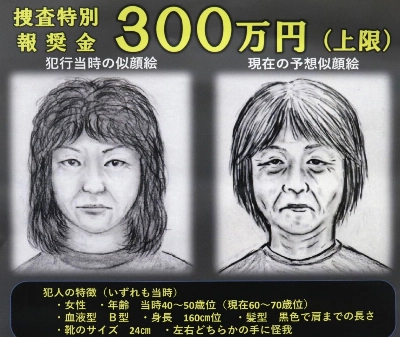The town of Shinjuku dates from the late 17th century, when a post-station was set up there on the Koshu-kaido on the northwestern edge of Edo (present-day Tokyo). To the south, Yoyogi was then mainly sparsely populated hills that rolled on as far as the eye could see.
Small rivers wound their way through these hills, supporting farming hamlets in the narrow valleys, while the uplands were dotted with the suburban estates of daimyo lords.
The accompanying 1830s woodblock print by Hasegawa Settan, titled "Yoyogi Hachiman-gu," depicts a Shinto shrine on a hill, with the Udagawa River running below.

















With your current subscription plan you can comment on stories. However, before writing your first comment, please create a display name in the Profile section of your subscriber account page.